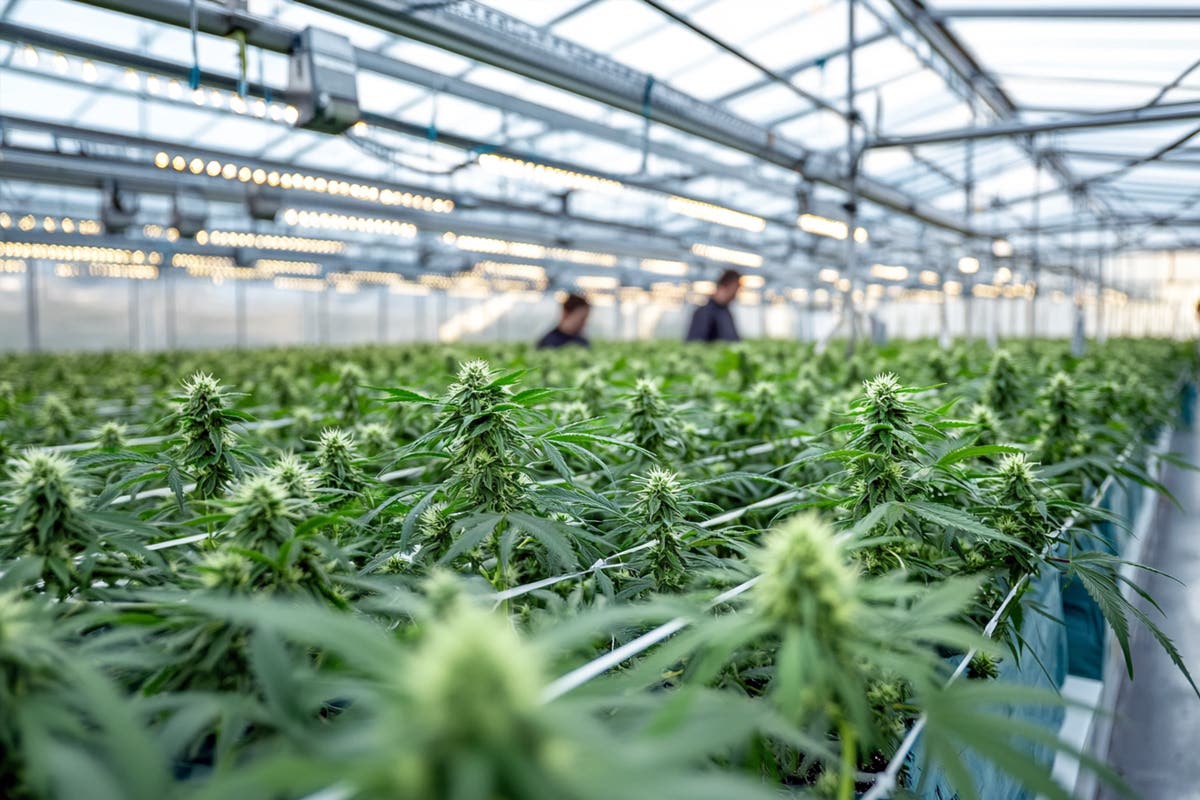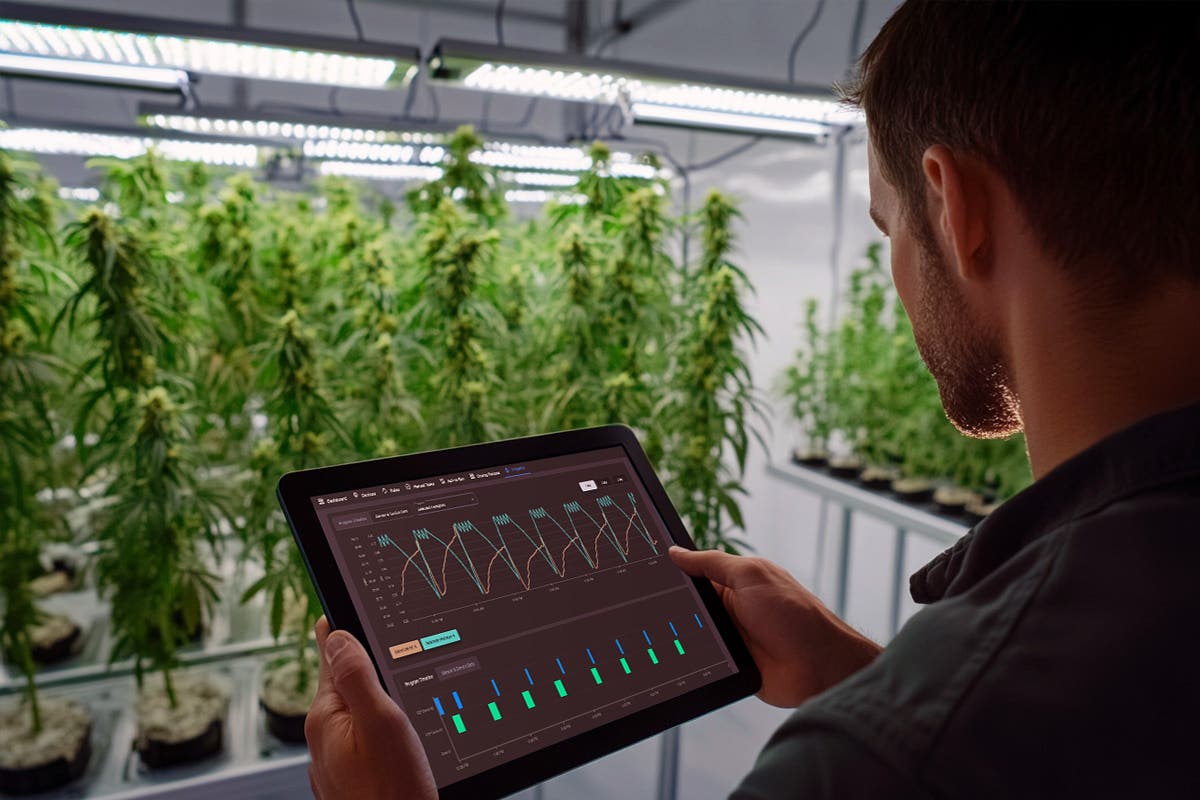In the rapidly evolving cannabis industry, staying ahead requires embracing cutting-edge technologies. Advanced automation in cannabis cultivation is transforming traditional practices, offering unprecedented control, efficiency, and scalability. This comprehensive guide delves into the latest automation technologies reshaping cannabis cultivation, providing insights for cultivators aiming to enhance their operations.
The Evolution of Cannabis Cultivation Through Automation
Automation in cannabis cultivation encompasses the integration of advanced systems and technologies to streamline and optimize various growing processes. From environmental controls to harvesting, automation reduces manual intervention, minimizes errors, and ensures consistent, high-quality yields.
Precision Environmental Control
Maintaining optimal growing conditions is paramount for cannabis health and potency. Automated environmental control systems utilize sensors and controllers to monitor and adjust factors such as temperature, humidity, CO₂ levels, and light intensity in real-time. These systems create a stable environment, promoting robust plant growth and maximizing cannabinoid and terpene profiles.
For instance, automated greenhouses equipped with advanced climate control can simulate ideal day-night cycles, adjust CO₂ enrichment, and regulate humidity levels, ensuring plants receive the precise conditions needed at each growth stage. This level of control not only enhances plant health but also improves yield quality and consistency.
Automated Irrigation and Nutrient Delivery
Watering and feeding schedules are critical components of cannabis cultivation. Automated irrigation systems deliver precise amounts of water and nutrients based on the specific needs of each plant. These systems can be programmed to adjust feeding schedules according to the plant’s growth phase, reducing water and nutrient waste while ensuring optimal plant health.
Drip irrigation systems, for example, can be automated to provide consistent moisture levels, preventing over or under-watering. Integration with nutrient delivery systems allows for the precise application of fertilizers, tailored to the developmental stage of the plants, which enhances growth rates and yield quality.
Integration of Artificial Intelligence and Machine Learning
Artificial Intelligence (AI) and Machine Learning (ML) are revolutionizing cannabis cultivation by enabling predictive analytics and adaptive responses. AI-driven systems analyze data from various sensors to predict plant needs, detect potential issues, and optimize growing conditions. This proactive approach allows cultivators to address problems before they impact crop health, leading to higher yields and better quality.
For example, AI can analyze patterns in environmental data to predict the onset of mold or pest infestations, allowing for timely interventions. Machine learning algorithms can optimize light and nutrient schedules based on historical data, continuously improving cultivation strategies over time.
Automated Lighting Systems
Lighting plays a crucial role in cannabis growth, influencing photosynthesis and flowering cycles. Automated lighting systems can adjust light intensity, spectrum, and duration to mimic natural conditions or to induce specific growth responses. These systems can be programmed to change lighting parameters throughout the day, promoting optimal growth and energy efficiency.
LED lighting systems, in particular, offer tunable spectra that can be adjusted to meet the needs of cannabis plants at different growth stages. Automation allows for dynamic control of these systems, ensuring plants receive the ideal light conditions without manual intervention.
Automated Harvesting and Processing
Harvesting is a labor-intensive process that significantly impacts the final product’s quality. Automated harvesting systems utilize advanced machinery to identify and process mature plants efficiently. These systems reduce labor costs and minimize the risk of contamination, ensuring that the harvested product maintains its quality and potency.
Post-harvest processing, including drying, trimming, and packaging, can also benefit from automation. Automated trimming machines, for instance, can process large volumes of cannabis flowers with precision, maintaining the integrity of the buds while significantly reducing manual labor.
Data-Driven Cultivation
Automation systems generate vast amounts of data on environmental conditions, plant health, and operational efficiency. By analyzing this data, cultivators can gain insights into optimal growing conditions, identify trends, and make informed decisions to enhance productivity. Data-driven cultivation enables continuous improvement, allowing growers to refine their techniques and achieve better results with each crop cycle.
Implementing centralized data management platforms allows for the integration of data from various automated systems, providing a holistic view of the cultivation process. This integration facilitates informed decision-making and strategic planning, leading to improved operational efficiency and product quality.
Scalability and Consistency
One of the significant advantages of automation is the ability to scale operations without compromising quality. Automated systems ensure that each plant receives uniform care, leading to consistent yields and product quality. This consistency is crucial for meeting regulatory standards and consumer expectations, especially as the market becomes more competitive.
Scalable automation solutions allow cultivators to expand their operations seamlessly. Modular systems can be added as needed, enabling growth without significant disruptions. This flexibility is essential for businesses aiming to increase their market share in the evolving cannabis industry.
Challenges and Considerations
While automation offers numerous benefits, implementing these systems requires careful planning and investment. Cultivators must consider factors such as the initial cost of technology, integration with existing systems, and the need for staff training. Additionally, staying updated with technological advancements is essential to maintain a competitive edge.
It’s also important to consider the regulatory environment, as compliance with local and federal laws is paramount. Automated systems should be designed to meet or exceed regulatory requirements, ensuring that cultivation practices are both efficient and legally compliant.
The Future of Automated Cannabis Cultivation
The integration of advanced automation in cannabis cultivation is poised to become the industry standard. As technology continues to evolve, we can expect even more sophisticated systems that offer greater control, efficiency, and sustainability. Embracing these innovations will be key for cultivators aiming to thrive in the dynamic and competitive cannabis market.
Emerging technologies, such as blockchain for supply chain transparency and advanced robotics for plant maintenance, are on the horizon. Staying informed about these developments and being prepared to integrate them will position cultivators for long-term success.
Advanced automation is revolutionizing cannabis cultivation, offering solutions that enhance efficiency, consistency, and scalability. By integrating technologies such as AI-driven environmental controls, automated irrigation, and data analytics, cultivators can optimize their operations and produce high-quality products that meet the growing market demand. Embracing automation is not just a technological upgrade; it’s a strategic move to secure a competitive advantage in the burgeoning cannabis industry.






















